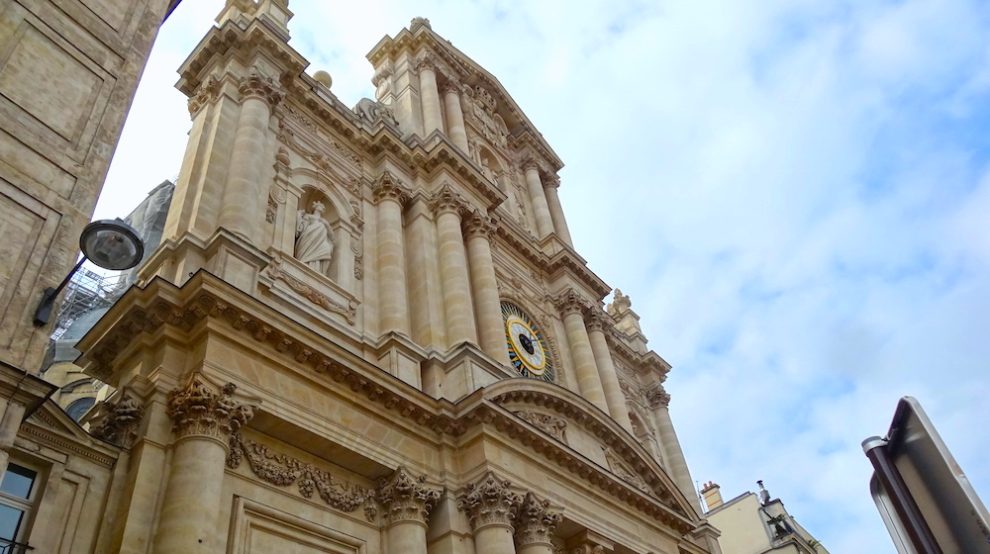The Marais offers a multitude of itineraries to discover a unique heritage in Paris. Private mansions, museums, royal square or historical remains, the possibilities are almost endless! This walk, focused on the historical curiosities of the district, invites you to survey an unknown face of the Marais, where history, anecdotes and heritage mingle. A real journey through time.
Beginning of the Saint-Paul metro ride (line 1)
Head towards the Saint-Paul-Saint-Louis church. Built in the 17th century by the Jesuits with the financial assistance of Louis XIII, it hides many treasures! It is in this church that Père-Lachaise is buried, who gave his name to the famous cemetery, his real name François d’Aix de La Chaize, confessor of King Louis XIV. You will also find in this church a painting by Eugène Delacroix. But the real curiosity is on one of the pillars to the right of the entrance. An inscription “French Republic or death” has been here for 150 years. It dates from the Paris Commune.
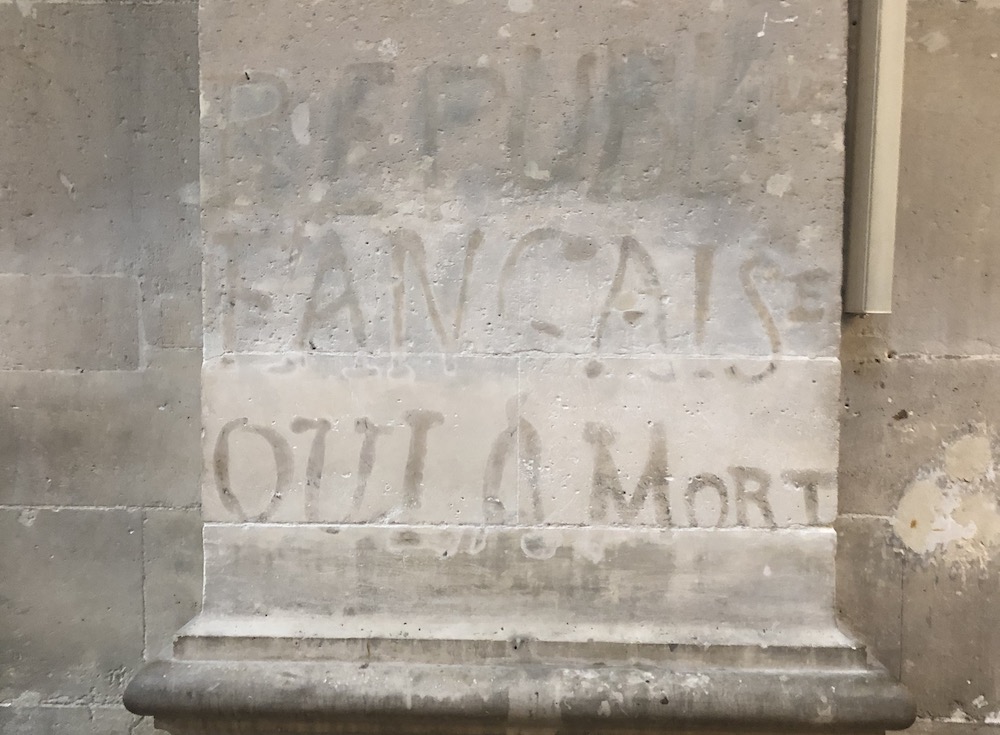
During the bloody week (21-28 but 1871) which marked the end of the Paris Commune in a violent repression, an unidentified Communard engraved these words in the church. A moving testimony to this major historical event at the end of the 19th century.
Find out more about this revolutionary inscription, or discover the history of the Paris Commune.
Come out of the church, cross rue Saint-Antoine, turn left and go to rue du Roi de Sicile. At the beginning of the street (n ° 2), a plaque recalls that 161 inmates, including the Princess of Lamballe, were put to death on September 3, 4 and 5, 1792.
These three days, known as the September massacres, mark the beginning of the Revolutionary Terror. After the abolition of the monarchy, a breath of vengeance, exacerbated by foreign wars, surged among the sans-culottes who saw among the prisoners of the prisons only anti-revolutionary accomplices. More than 1300 prisoners were massacred in three days, without the power in place intervening. The Princess of Lamballe, friend of Marie-Antoinette, was executed there with extreme violence.
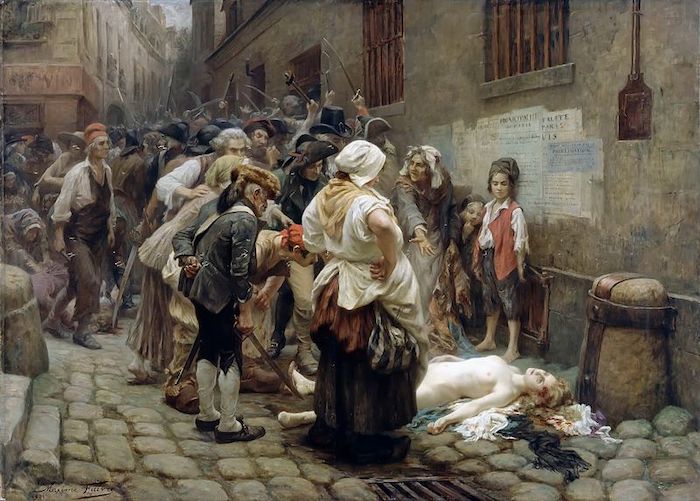
© RMN-Grand Palais
Continue straight on rue du Roi de Sicile and turn right on rue Pavée.
At 10, rue Pavée is an astonishing synagogue, the work of Hector Guimard, master of French Art Nouveau. It is the only religious building built by the architect, who had been approached by the Jewish community of Paris after his marriage to Adeline Oppenheimer, American Jewish artist, in 1909.
Go back to the Saint-Paul metro and take rue du Prévôt. This street offers an unusual stroll in medieval Paris (with, unfortunately, sometimes its bad smells which already accompanied it at the time …).
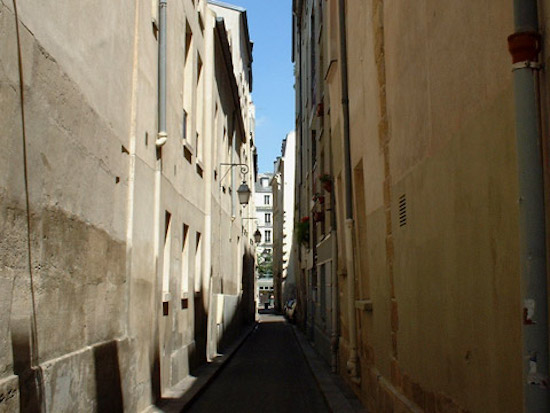
At the end of the street, turn right rue Charlemagne. After a few meters, at the corner of rue de Jouy and rue de Fourcy, you can see a replica of an old Rémouleur sign. The bas-relief originally decorated a wine and spirits merchant called “Au Gagné-Petit”, destroyed in the 19th century. The original, dated 1767, is now on display at the Carnavalet museum.
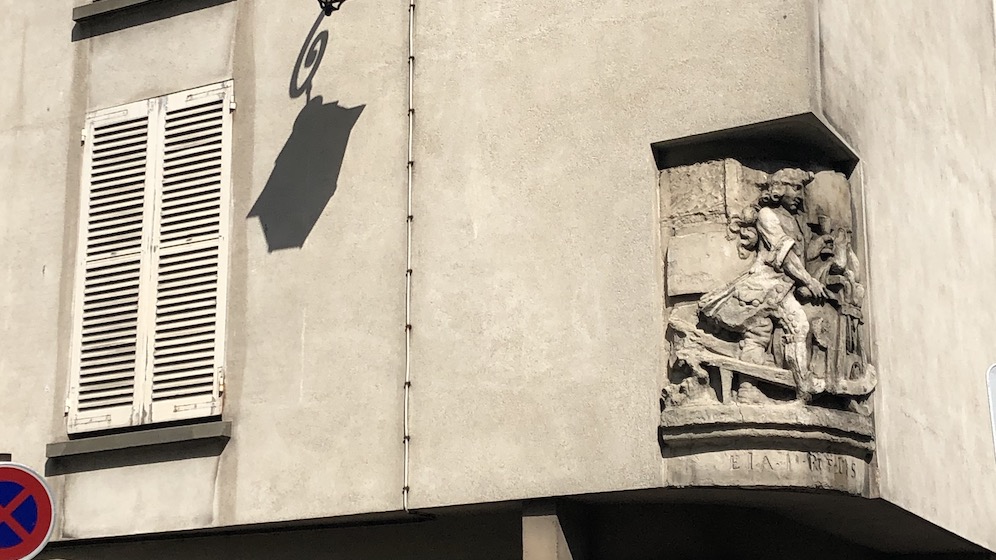
Continue rue de Jouy until rue François Miron. Turn left. At numbers 11 and 13 are beautiful medieval houses. Dated on the facade of the 14th century, they are in fact more from the end of the 16th, beginning of the 17th century. Entirely renovated in the 20th century, they are a rare witness to medieval housing in Paris.
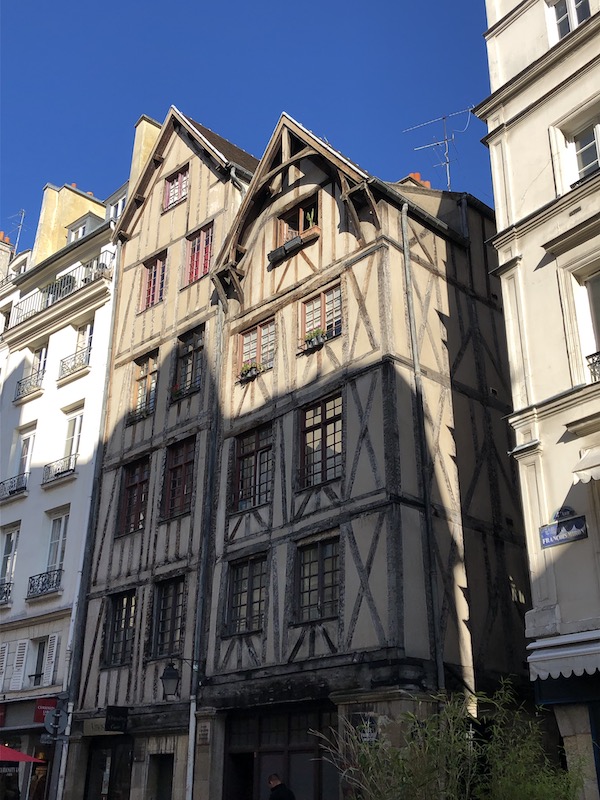
End of the stroll

